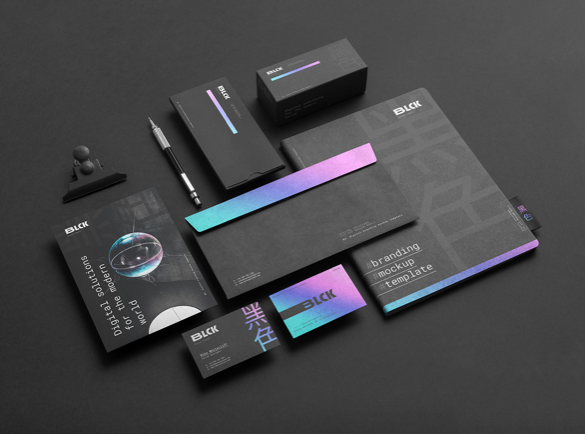Artwork, Bleed, Color Profiles, Design, Design, How To's, Marketing, Print Help, Print How To's, Vector
How to Use Colors Like a Designer

How do designers use colours in their designs? Colour plays a vital role in art and design. It can help establish and communicate your brand message, evoke emotions, and increase engagement with your brand’s marketing materials, such as business cards, brochures, and posters.
A basic understanding of color theory can make designing with color easier and more effective. Here’s a quick guide to everything you need to know to use color like a pro:
Key Color Concepts Explained
Before you create your own color schemes, it helps to understand a few essential terms:
Hue
A hue refers to any pure color found on the color wheel. These are base colors in their natural state, no black, white, or gray added.
Tint
Tints (often called pastels) are created by adding white to a hue. This softens the color, giving it a light, calming feel. Designers often use tints to create an elegant, gentle, or minimalist aesthetic.
Tone
Tones are created by adding both black and white (gray) to a hue. The result is a more muted, less saturated color. Tones feel subtle and sophisticated, perfect for creating understated or neutral palettes.
Shade
Shades are made by adding black to a hue, which results in deeper, darker versions of the original color. Shades often communicate strength, professionalism, mystery, or luxury.
Basic Types of Color Schemes
Most professional color palettes are built from a few simple scheme types. These core concepts can help guide more complex design decisions.
Monochromatic
This scheme uses one hue and builds a palette using its various tints, tones, and shades. While it may seem plain at first, adding contrast with neutrals like black, white, or gray can make it visually dynamic and modern.
Complementary
Complementary colors sit opposite each other on the color wheel, like blue and orange.
This scheme creates bold contrast and energy in a design. To prevent it from feeling overwhelming, use one color as the main hue and the other as an accent.
Analogous
Analogous color schemes use three neighboring colors on the wheel, such as yellow-orange, orange, and red-orange. These palettes feel natural and harmonious. For balance, designate one dominant color, with the others as supporting and accent hues.
These palettes feel natural and harmonious. For balance, designate one dominant color, with the others as supporting and accent hues.
Triadic
Triadic schemes use three colors that are evenly spaced on the wheel, like red, yellow, and blue. This scheme creates strong contrast while maintaining harmony. To keep it from looking too busy, pick one color as the hero and use the others sparingly.
This scheme creates strong contrast while maintaining harmony. To keep it from looking too busy, pick one color as the hero and use the others sparingly.
How to Create Your Own Color Scheme
Feeling overwhelmed? Don’t worry: here are some practical tips to help you create stunning, custom color palettes from scratch:
1. Start with the Color Wheel
The color wheel is your most valuable design tool. Choose your base hue, then explore its tints, tones, and shades to create depth and variety within your palette.
2. Use Photos for Inspiration
Nature is full of ready-made palettes. Take photos of landscapes, animals, or objects with colors that catch your eye. Use tools like Adobe Photoshop to sample and build your palette directly from those images.
3. Build a Color Mood Board
Collect inspiring photos, artwork, or designs online that showcase unique color combinations. Save them on platforms like Pinterest or mood board apps. When you’re ready to start a project, refer back to your mood board for direction.
4. Use Printed Color Swatches
Step away from the screen and explore printed tools like Pantone color books or paint indexes. These let you see how colors look in real life, and many include HEX codes for easy digital use.
They’re especially helpful if your client has specific brand colors in mind.
Color is one of the most powerful tools in a designer’s toolbox. Whether you’re creating marketing materials, product packaging, or a website, a well-chosen color palette can make your work more persuasive, professional, and memorable.
Now that you understand how color theory works, you’re ready to start building your own impactful color schemes, just like a designer.
Did you find this helpful? Got tips or experiences of your own? Let us know in the comments below!